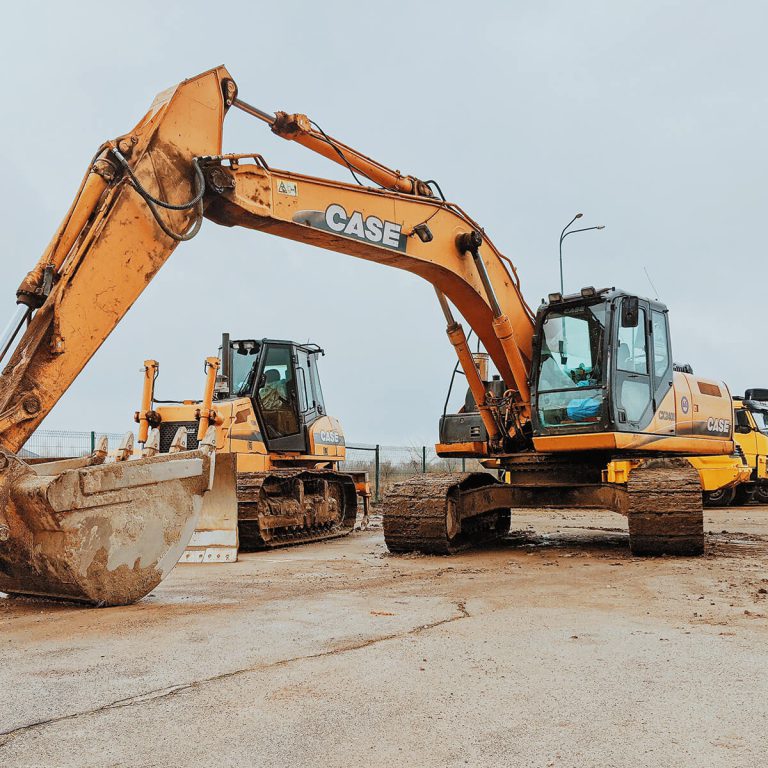Usually, such projects are implemented with heavy equipment and budgets provided by government contractors as well as local and national governments. Developers and contractors compete for construction contracts by submitting bids. The more detailed the plan and the more appropriate the budget requested to complete the project, the greater the chances of winning commercial construction projects. Using project budgeting and estimating engineers can provide the most accurate and cost-effective design for a commercial construction project.
In developed countries, the Census Bureau reported that $88,522 million was spent in the commercial construction sector through March 2020. This figure has been accompanied by an increase of 2229 million dollars (2.6%) compared to March 2019, and this shows the importance of commercial construction in developed and developing countries.
The increase in costs in businesses and the lack of suitable buildings for commercial places means more need for the construction and maintenance of commercial spaces. Let’s take a look at three types of commercial construction and their role in the industry.
What are the types of commercial buildings?
Commercial construction projects can be small, medium and large scale. These projects range from restaurants and office structures to tall buildings seen in big cities.
Type 1: Small Scale Commercial Construction:
Small-scale construction includes the modification of sewage systems, the design and renovation of the interior and exterior of commercial buildings. Projects are shorter in length and require less equipment and staff.
An example of a small-scale commercial construction project:
Supermarkets and small restaurants cafes that are built in different areas of the city.
Type 2: Medium scale commercial construction:
Mid-scale commercial construction involves upgrading, expanding space in building projects relative to the original structure. Medium-scale commercial construction projects are more complex than small-scale commercial projects, such as adding more amenities and features to an office or commercial building. This means that projects can take several months to a year to complete.
An example of a medium-scale commercial construction project:
Hypermarkets have restrooms and children’s play areas, and restaurants that offer both traditional and fast food, or swimming pools and water complexes that offer many recreational and comfort facilities.







